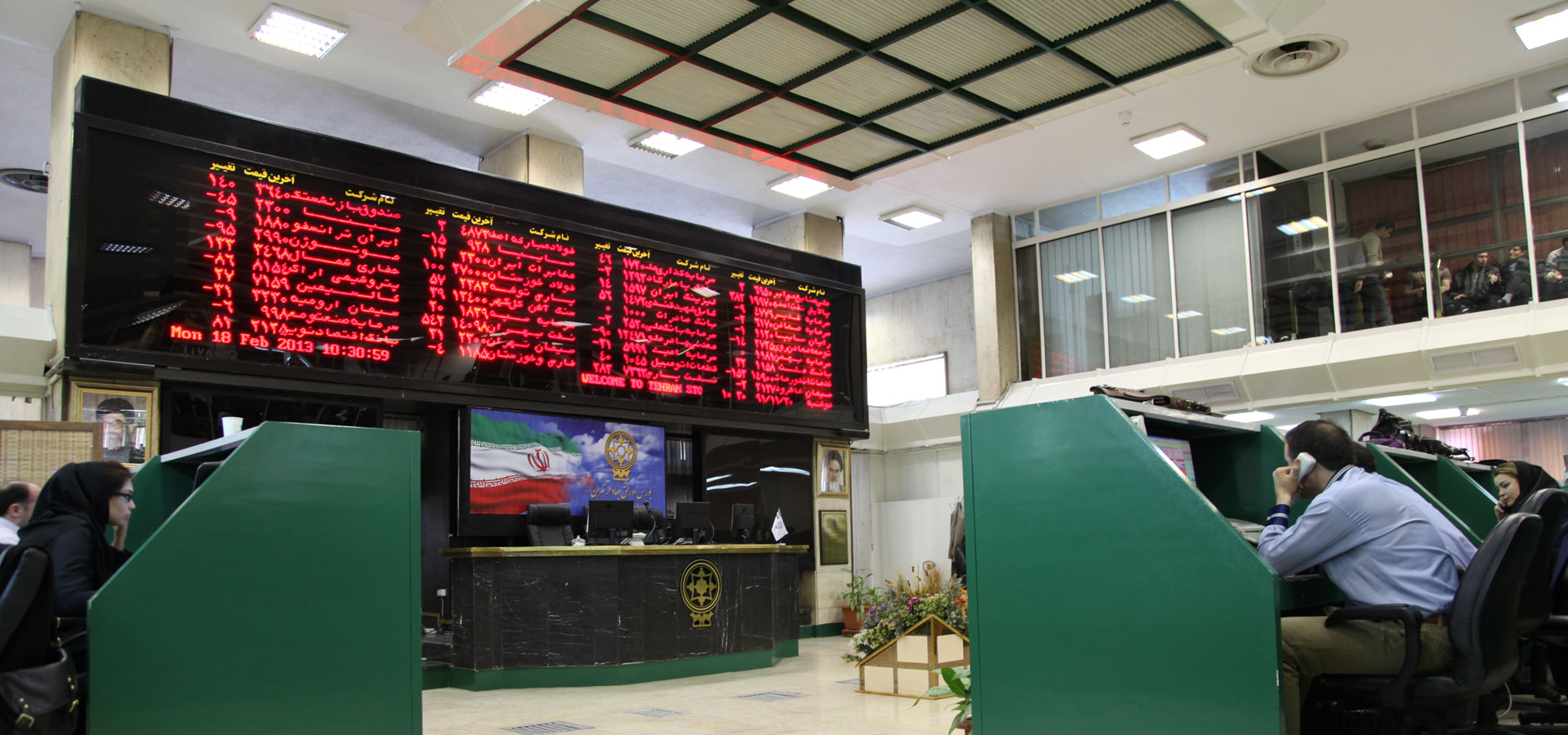Bulls are reigning over Tehran Stock Exchange these days, after its benchmark index recorded the highest daily growth in 13 months on Saturday and zoomed past its all-time high reached four years ago.
TEDPIX gained further on Sunday, ending trade 0.21% higher to stand at 90,655.5.
Analyzing the index’s fluctuation pattern ever since its inception indicates that there is still room for growth and the upward momentum could only be potentially limited by adverse political developments.
Continuously improving global commodity prices, a devaluing currency and better-than-expected company performance have driven TSE to post a return on investment of more than 17% so far this fiscal year (started March 21).
Systematic risks are also abundant. On October 13, US President Donald Trump announced that he would not make the certification required under the Iran Nuclear Agreement Review Act, passing the ball to the congress to decide on the matter in 60 days. The fate of the JCPOA is still up in the air.
There is also the uncertainty over the direction of the Chinese economy and its perseverance in steel and aluminum capacity-cutting over new environmental policies, both of which have the potential to negatively affect global commodity prices.
Yet Iranian stock traders seem to believe that positive market dynamics outweigh the systematic risks, at least for now.
TEDPIX Fluctuations
The analysis of TEDPIX’s performance since 1997 indicates that the index has gone through several critical periods.
The period between the fiscal years 2002-4 witnessed TEPDIX growing about 250% from less than 4,000 to 13,882 in mid-July. In fact, the market was not able to cross this high for the next six years.
Notable economic growth and consistently declining deposit interest rates were the main reason behind the growth, the Persian daily Donya-e-Eqtesad reported.
The next boom came in late 2007 and was rather short-lived. TEDPIX grew from less than 10,000 to 12,917 up until early 2008, recording a 30% jump. Global prices’ accelerating growth was the market’s primary driver, but that also quickly lost momentum as the global financial crisis dragged economies into recession.
Things picked up again for TEDPIX in early 2009, as it followed a sharp rising trajectory from less than 8,000 to 26,675 by late March 2011. Save for a few hiccups, the index was constantly on the rise.
Rampant inflation and low interest rates were the main boosters of firms’ nominal profits and consequently the market index. Brakes were pulled by early 2012, however, as housing, forex and gold markets became more attractive.
Then came the forex crisis in mid-2012 and companies’ shares started to rocket up to new heights. TEDPIX surged from less than 24,000 to a new high of 89,500 by January 2014, marking a 270% growth. Optimism over Hassan Rouhani’s election as the president of Iran and the nuclear talks fueled the uptrend.
Yet the market growth could not be sustained and TEDPIX started going downhill up until December 2015 to drop to 61,500.
The next few months to March 2016, however, witnessed a 30% jump to 81,536 over the implementation of JCPOA. Auto shares were especially instrumental to the market growth, as investors expected the industry to thrive post-sanctions.
The market had no noteworthy movements for the rest of the year other than sporadic corrections, as the post-JCPOA optimism was curbed over the lack of matching economic growth.
Come July 2017, the rising trajectory of TEDPIX resumed, which has continued to date, rising from 78,632 to 90,470.
Room for Further Growth
TEDPIX’s fluctuations over the past 20 years show that its current growth can continue even further. There are three points that can support this: First, the market’s 17% growth so far this year is considerably lower compared to TEDPIX’s historical trend in similar periods. Second, the new historical high reached has psychological potential to lure in new money from other markets. And third, data show that the index is bound to have a much sharper rise as it is still in the first stages of growth, considering the slow upticks and low average trade value.
Moreover, a devaluing currency, rising attractiveness of stocks compared to other markets and the positive outlook of global prices, and the market seems bound for new highs.


